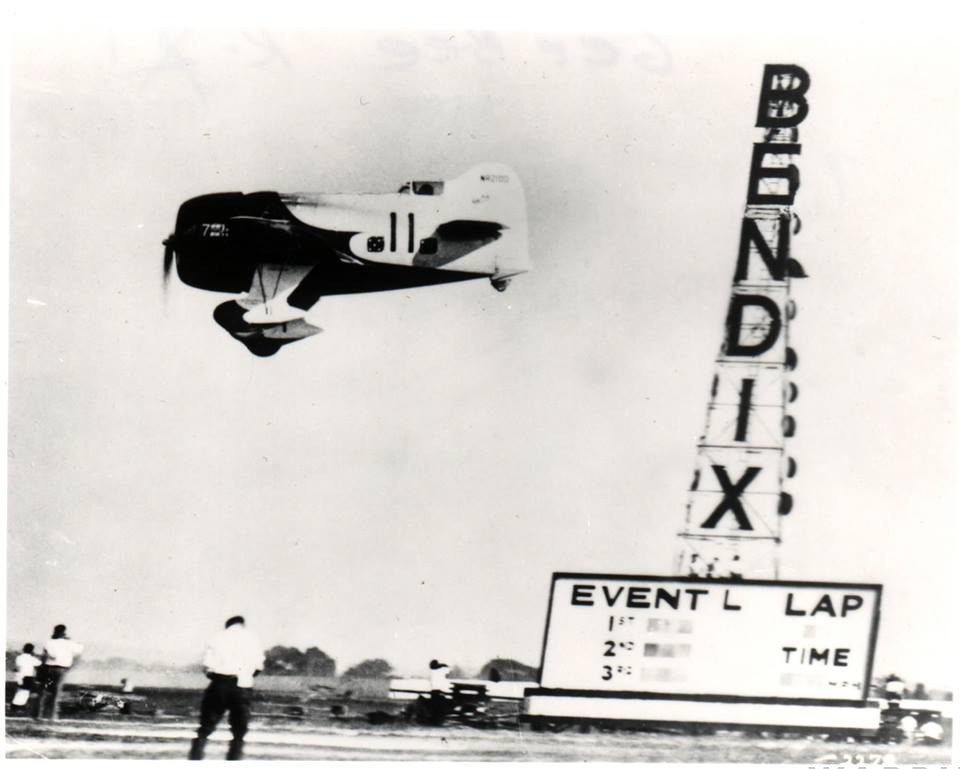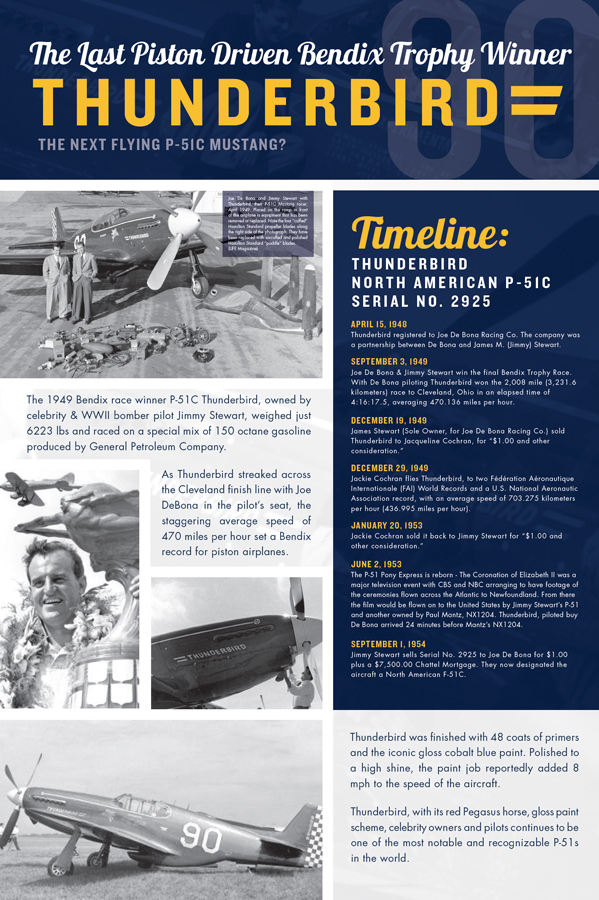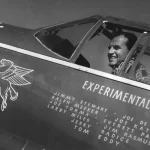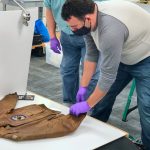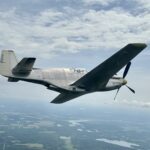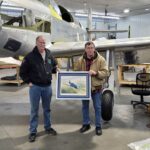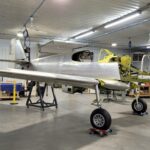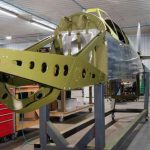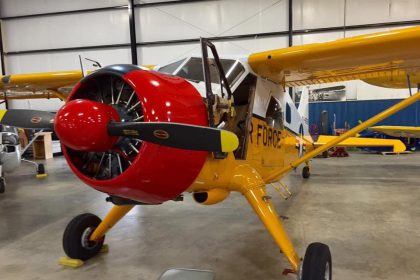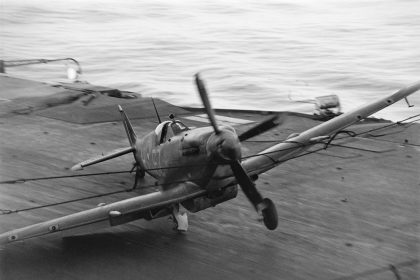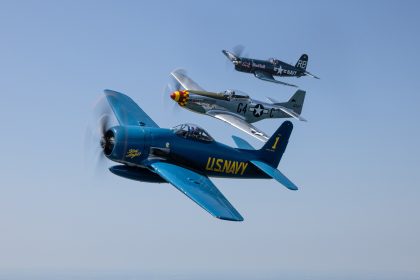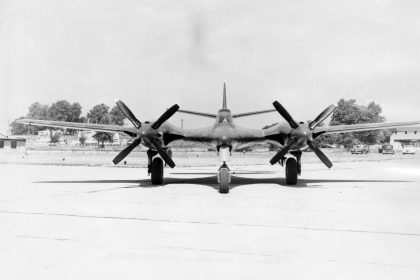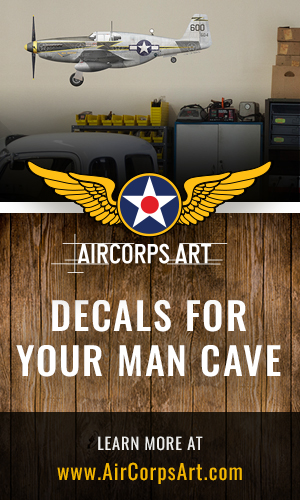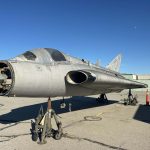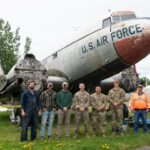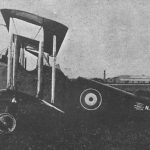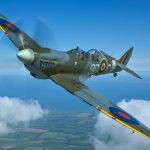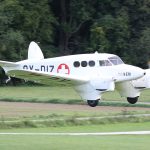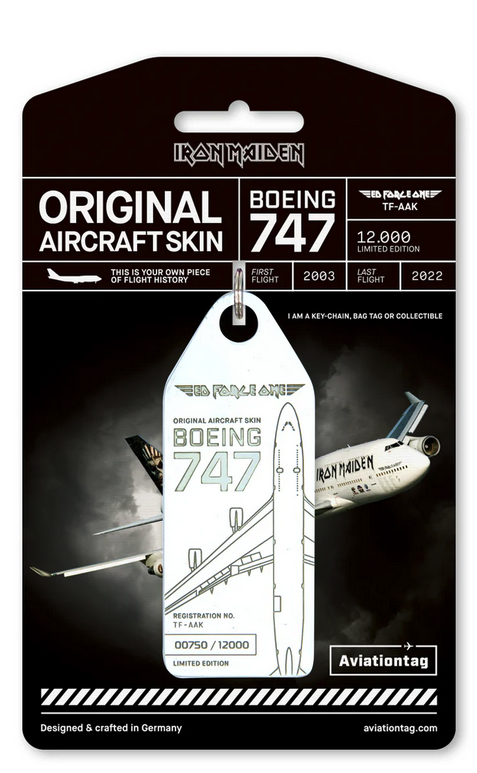Since its first flight and the debut at AirVenture 2023, much has been written and rehashed about the cobalt-blue Mustang P-51C Thunderbird. From its victory in the 1949 Bendix Trophy Race and world speed records to Queen Elizabeth II’s coronation films and its tragic loss, the story is compelling and worth preserving for future generations. For the first issue of Vintage Aviation News, we decided to take a different tack and focus on the people who made this Mustang legendary.
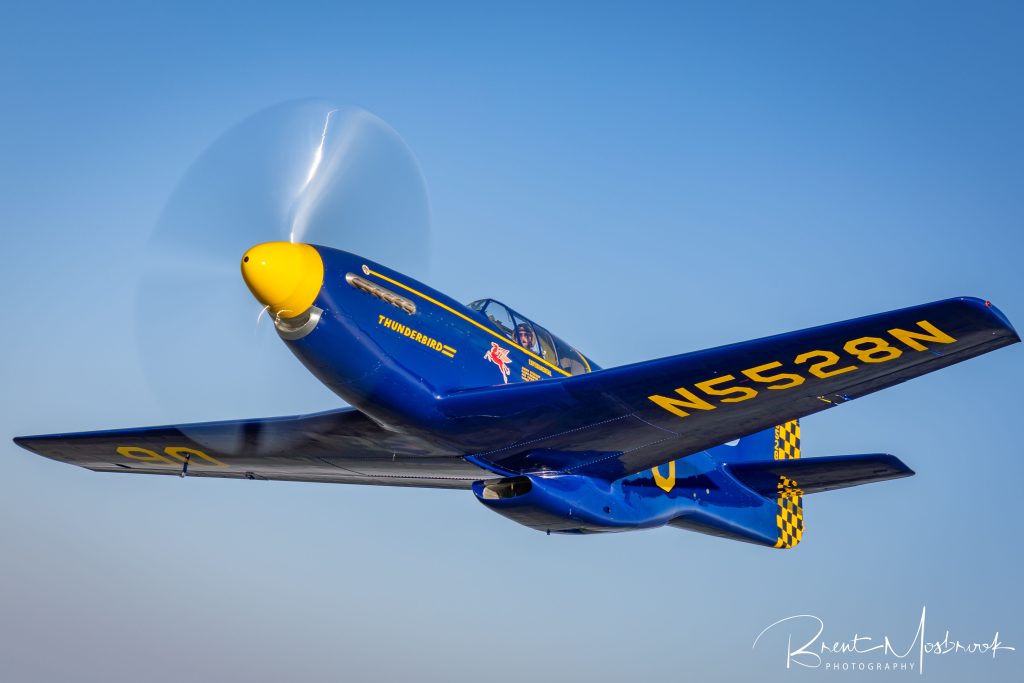
The Birth of the Bendix Trophy Race
The idea for the Bendix Trophy Race was born in 1931, in the club car of the New York Central Railroad’s Commodore Vanderbilt. Clifford Henderson, the visionary promoter of the National Air Races (NAR), pitched the concept to millionaire industrialist Vincent Bendix. The race would offer a $15,000 purse (more than $300,000 in today’s dollars), matched by the NAR committee, for a “free-for-all cross-country air race.”
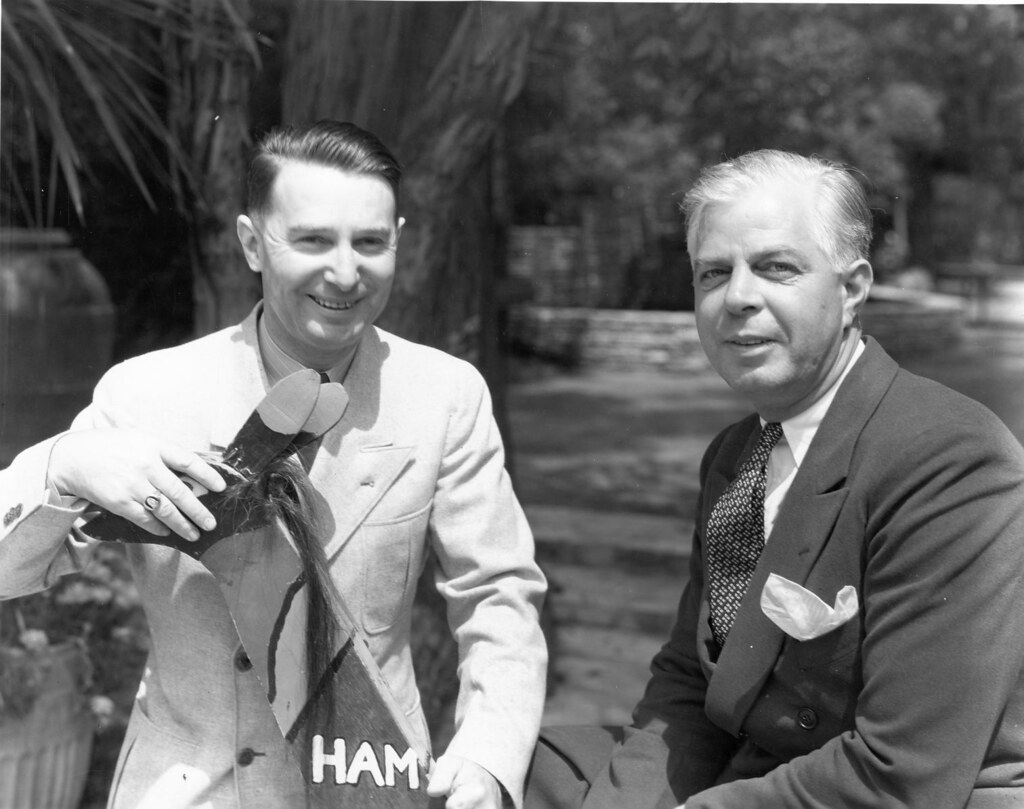
Though Bendix didn’t commit that night, he eventually agreed. Henderson’s goal was to create a race that would compel designers, builders, and pilots to push aviation forward. As he said to Bendix, the race would “force airplane designers, builders, and pilots to really get down to business” and offer “little guys a chance to gamble on their dreams.” The inaugural 1931 Bendix featured two custom-built racers—Walter Hunter’s Travel Air Mystery Ship S and Jimmy Doolittle’s Laird Super Solution—against six factory Lockheeds. Doolittle won with an average speed of 233.06 mph. Over the next several years, purpose-built racers dominated. But by the late 1930s, military-influenced aircraft began winning, including Seversky P-35 variants flown by Frank W. Fuller Jr. and Jackie Cochran. Fuller’s 1939 victory at 282.10 mph signaled a shift: postwar races would be won by military machines.
The Postwar Era and the Rise of Thunderbird
When the NAR resumed in 1946, the days of barnstormer-built racers were over. The 1946 Bendix lineup included war-proven aircraft: P-38s, P-51s, P-63s, an A-26, and an FG-1D Corsair. Paul Mantz, the only pilot to race both before and after WWII, won in his wet-winged Mustang and repeated the win in 1947 and 1948. Second place in 1947 went to Joseph Clairborne DeBona Jr., a Texan who had flown thousands of ferry hours during the war and survived a crash in the Brazilian rainforest. Partnered with Jimmy Stewart—yes, the actor and WWII B-24 pilot—the pair entered a P-51D named Magic Town, finishing just 78 seconds behind Mantz.
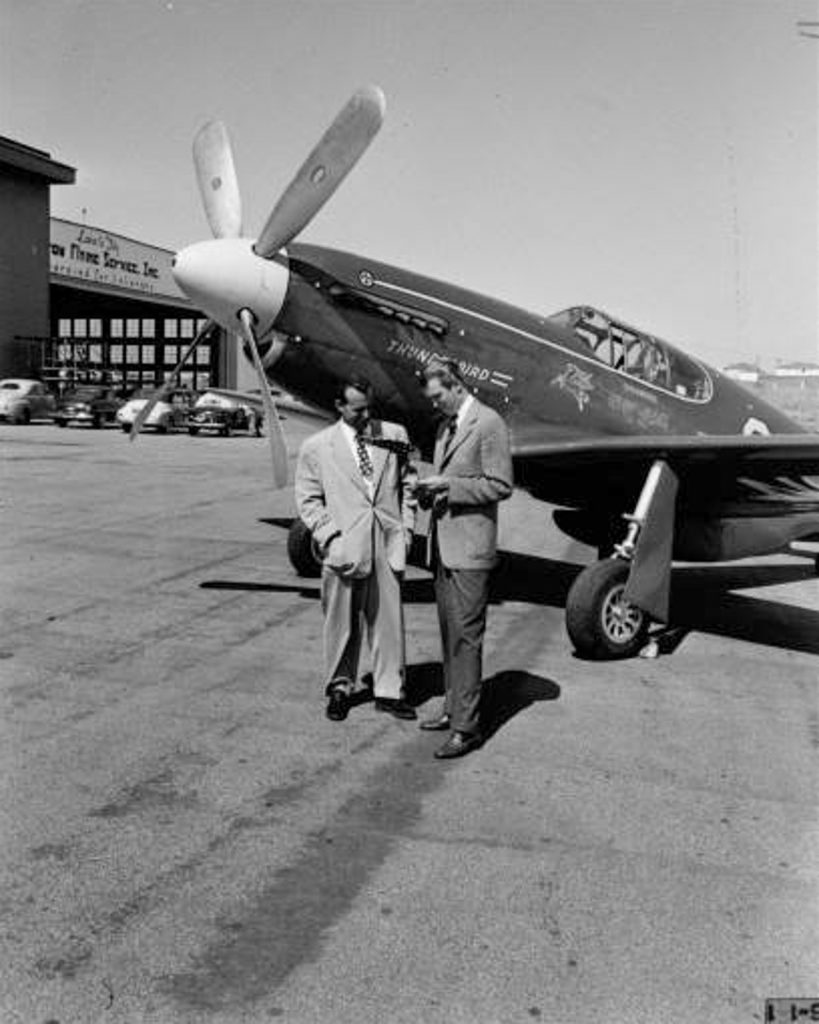
Determined to win, Stewart and DeBona acquired a sleeker, faster F-6C Mustang (USAAF #44-10911) from Lee Cameron in April 1948. Nicknamed Thunderbird, the aircraft was modified at Clover Field by crew chief Joe Katona, including a wet-wing conversion. Stewart claimed the slick paint added 15 mph alone but wouldn’t divulge what had been done to the engine. One unsung contributor was 15-year-old Larry Miles, whose father had died in WWII. Miles offered to help the crew and ultimately convinced Stewart to abandon his plan to paint the aircraft yellow. “You don’t paint airplanes yellow,” Miles said. “Only trucks and taxicabs are yellow.” The team chose blue. As a consolation, Stewart was allowed to paint one rivet yellow on the nose. DeBona’s 1948 attempt ended just 25 miles short of the finish due to a forced landing in Elyria, Ohio. But 1949 would be different.
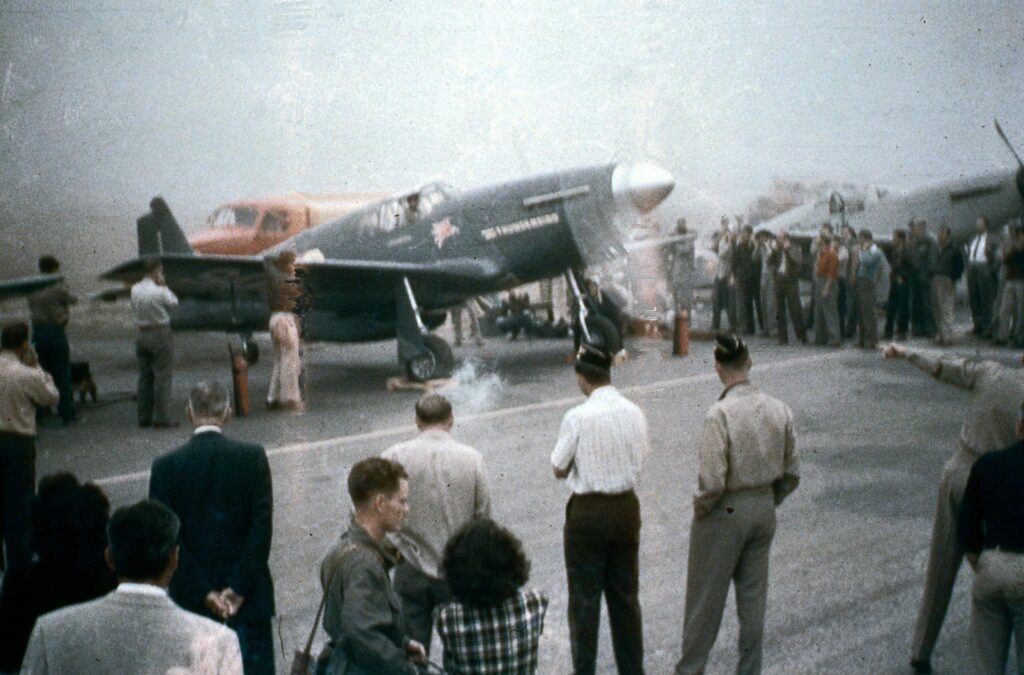
Victory at Last
The 1949 Bendix launched from Rosamond Dry Lake near Edwards AFB in a simultaneous racehorse start. DeBona faced stiff competition, including two Mantz-backed Mustangs, a de Havilland Mosquito, a B-26C Marauder, and a Republic AT-12. Flying without charts or maps, DeBona relied on nine compass headings calculated from last-minute wind data. Running his Merlin at War Emergency Power for the entire race, he crossed the Cleveland finish line in 4 hours, 16 minutes, and 17 seconds at an average speed of 470.136 mph—the fastest piston-engine time in Bendix history. Thunderbird went on to set additional records, including a transcontinental run in 1954. But on June 22, 1955, the Mustang was lost in a crash during a cloud-seeding mission. As with the Bendix itself, however, Thunderbird would not be forgotten.
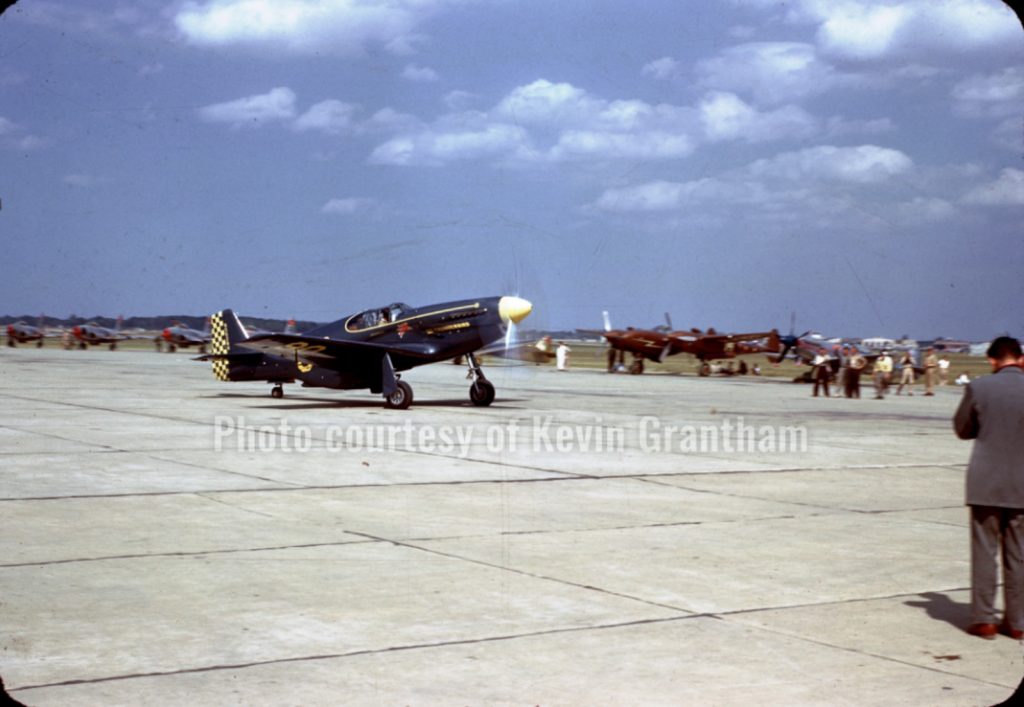
Rebirth of a Legend
Warren Pietsch’s dream of owning a Mustang began at age 10—specifically an A-model. “Jerry Beck was a mentor,” Warren recalled in January 2024. “He was building A-model Mustangs, and we agreed the second one would probably be mine.” At Oshkosh, they met Gene Chase, who worked with weather modification pilot James Cook. He pointed them toward a wrecked Mustang. What they found turned out to be a C-model—Thunderbird. Warren acquired the wreck in 1999. “Once I learned it was Thunderbird, I knew I had to rebuild it,” he said. “I’ve always been a Jimmy Stewart fan—he was a patriot and a neat guy.”
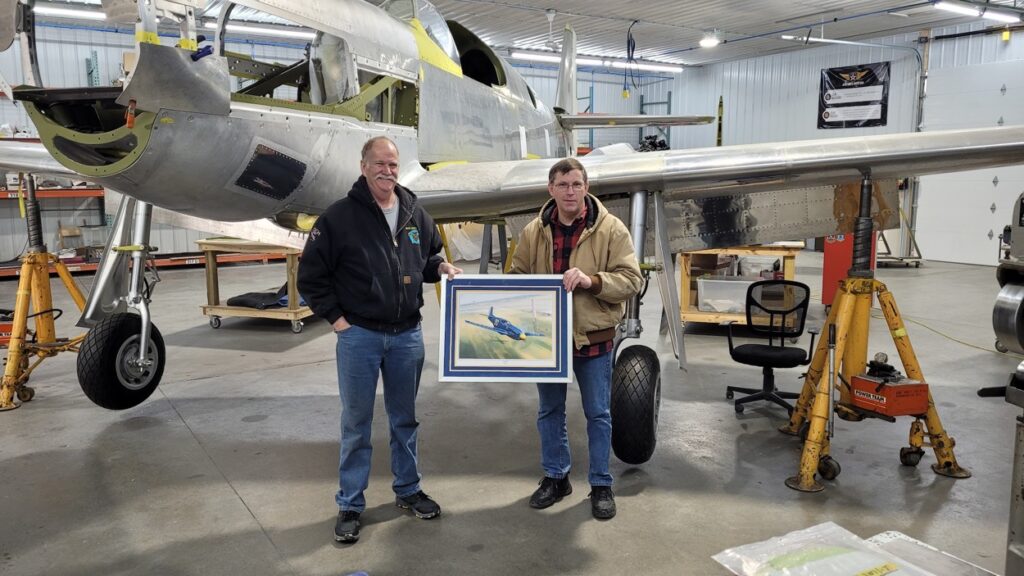
It would take 20 years to see the dream through. “I didn’t have the money to finish it, but I kept collecting history, pictures, and parts,” Warren said. After selling his FBO in 2017, progress resumed. In 2019, he bought a C-model fuselage from Tri-State Aviation, paired it with a rebuilt wing sourced from France, and in 2020 turned the project over to AirCorps Aviation for final assembly.
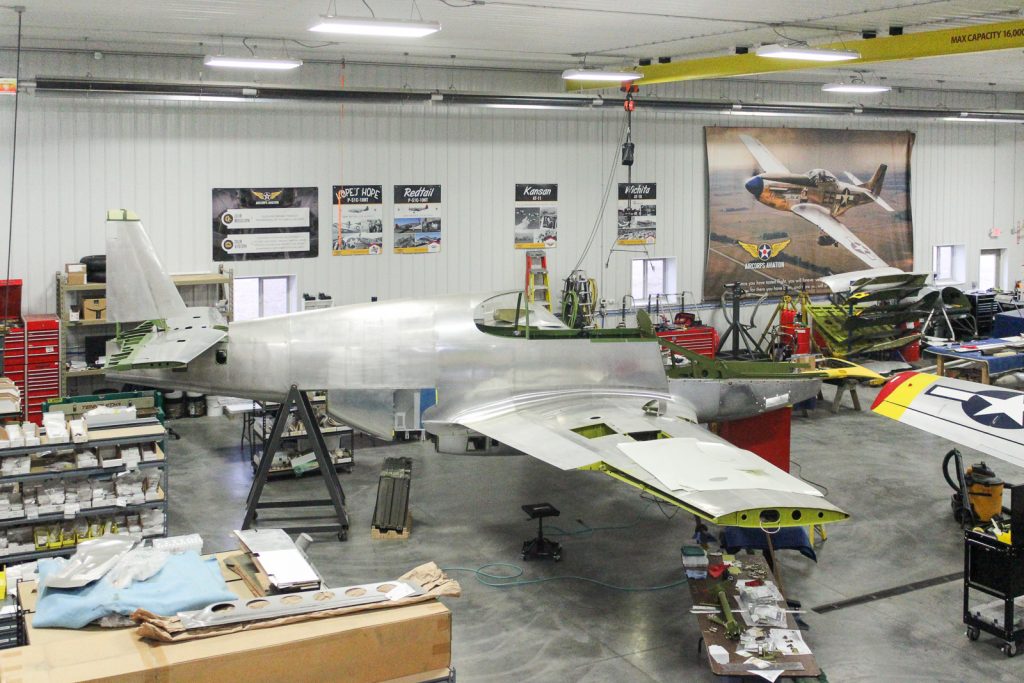
A Showstopper at Oshkosh
Thunderbird’s Merlin roared to life on May 25, 2023. After a successful break-in, Bernie Vasquez flew it for the first time on June 5, delivering it to Custom Aircraft Refinishing in Casselton, North Dakota, the next day. But what shade of blue was Thunderbird? Old photos were inconclusive. Enter “Lockheed Bob,” a race attendee from the 1940s who approached Warren at Reno with a photo he’d personally taken. When asked about the color, he replied, “It’s perfect.” Vindicated, Warren gave the green light.
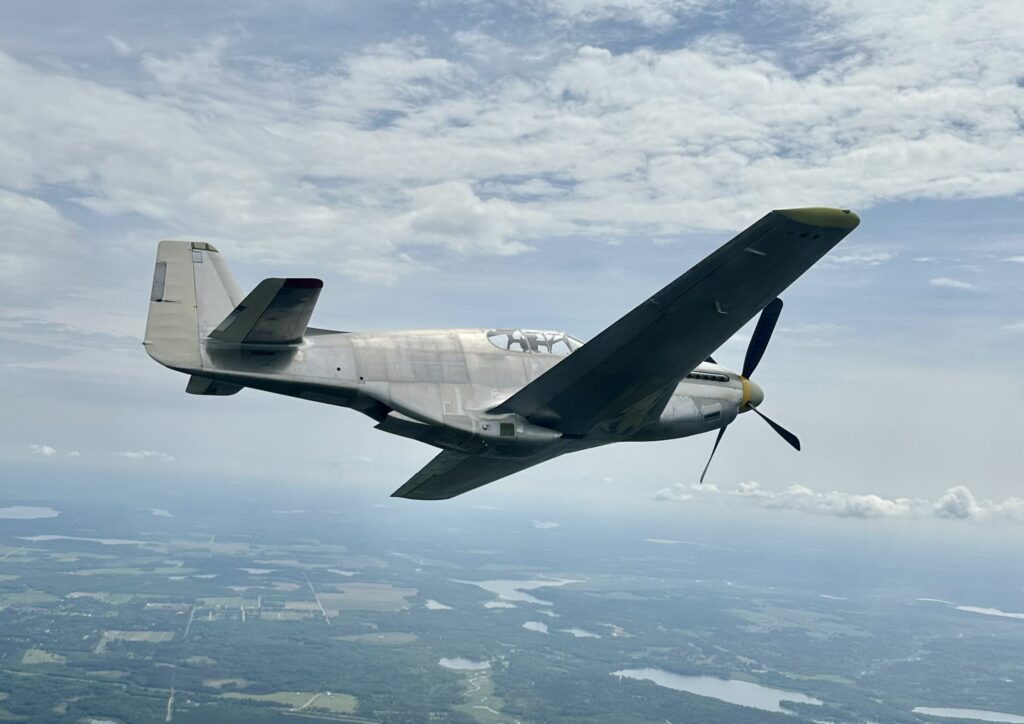
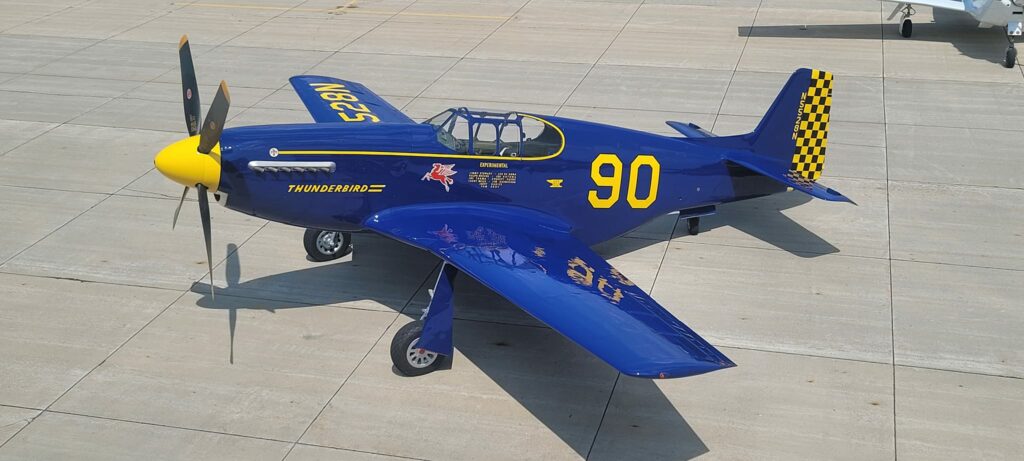
On July 20, 2023, Thunderbird emerged from the paint booth, radiant in its cobalt glory. The final polish was a proper propeller, installed just in time for AirVenture. On July 24, Thunderbird landed at Wittman Regional Airport—parked not on the warbird ramp, but in the vintage aircraft area. “A Mustang’s a warbird, sure,” Warren said. “But Thunderbird was never a combat aircraft. I’ve restored vintage planes all my life. I think this Mustang is a crossover—it’s a vintage racer.”
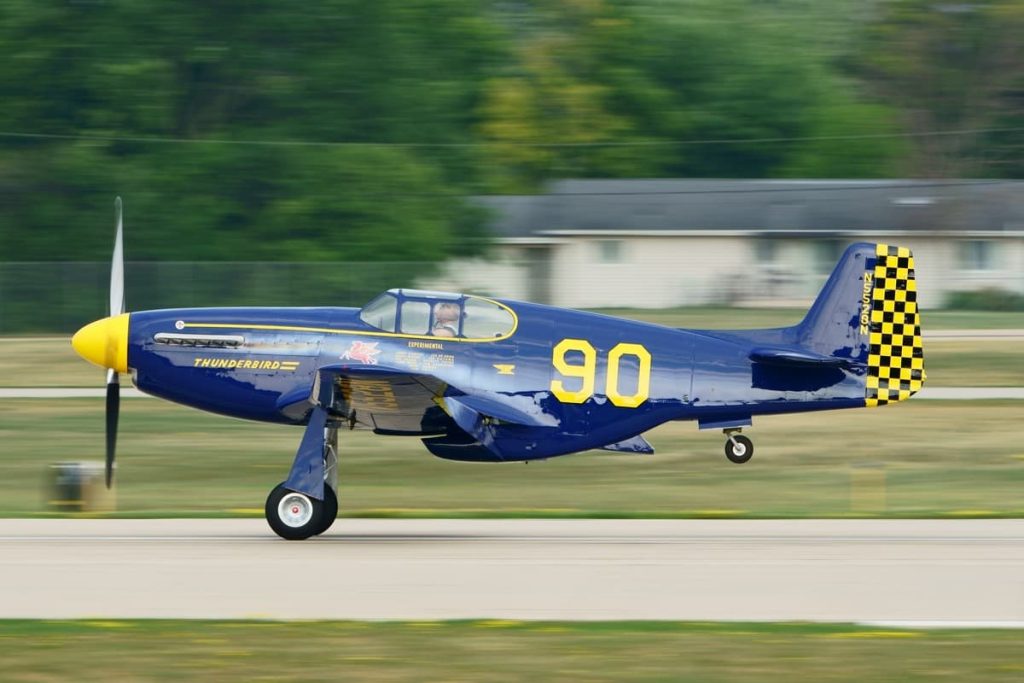
Tribute to Three Heroes
As with many restorations, there’s debate about what constitutes a “restoration” versus a “tribute.” Since none of the original wreckage was used in the rebuild, Warren is candid: Thunderbird is a tribute aircraft. But what it represents is something far more enduring. “This airplane represents three American heroes,” he said. “Joe DeBona, a common man and WWII ferry pilot who won the Bendix. Jimmy Stewart, a B-24 pilot and a conservative Hollywood star. And Jacqueline Cochran, leader of the WASPs and record-breaking aviator. This airplane reflects a time when veterans came home, left war behind—but not aviation.” Every time Thunderbird takes flight, it carries their spirit—and the strength, speed, and beauty of the mythical bird for which it’s named. To learn more about this aircraft visit, AirCorps Aviation’s website.









